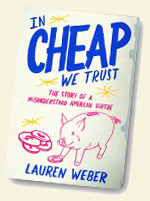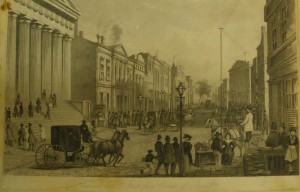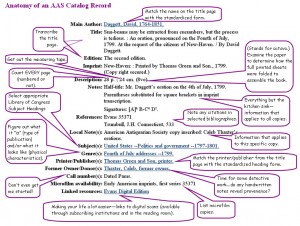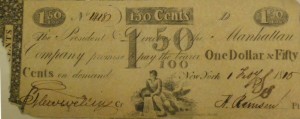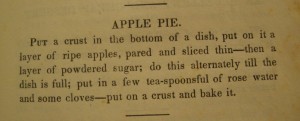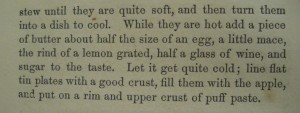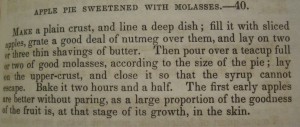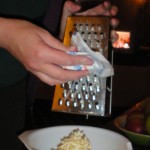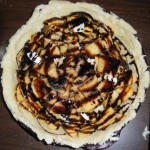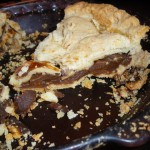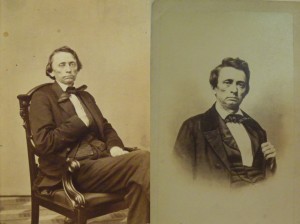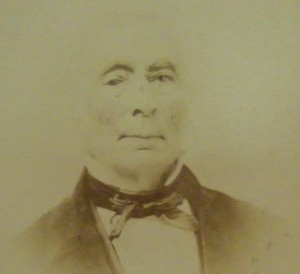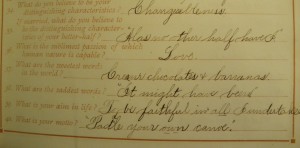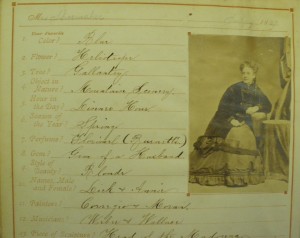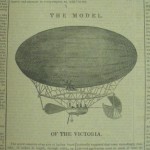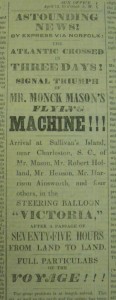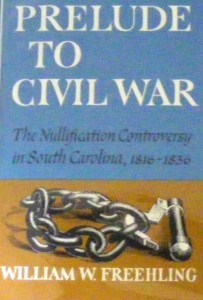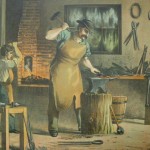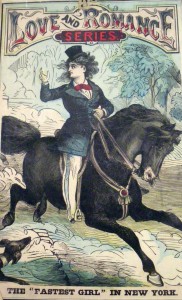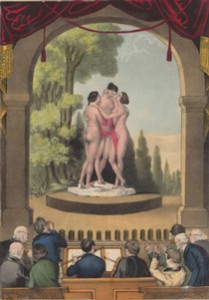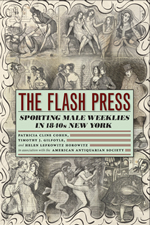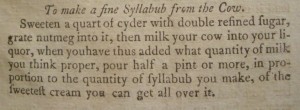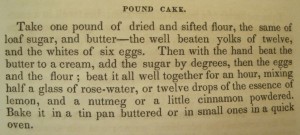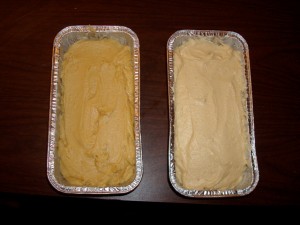Continued from Part 2 of the Embezzler Redeemed
One possible answer to this question is suggested by an account published in the November 19, 1803 issue of the Morning Chronicle.
We understand that the Manhattan Company have discovered a further fraud of about eight thousand dollars, committed by Benjamin Brower, previous to his elopements. It is said to have been done in his capacity of book keeper and of course involves his sureties. For the former deficiency they were supposed not answerable, as he purloined the amount while acting protempore as teller, a station for his conduct in which no surety had been given.
We are told that a letter was received from him with information that if the bank would set him at liberty he would make some important discoveries relative to his books. This exciting investigation the further deficiency abovementioned was discovered. The examinations, we understand are not yet completed.
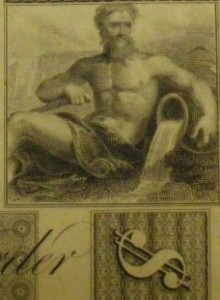 Almost immediately this account was stated to be incorrect. In fact, in some of the more distant newspapers covering the story, the account and the refutation were published at the same time. But just suppose, in the course of the investigation, further irregularities and fraud were discovered. Suppose the fraud involved more than Benjamin Brower absconding with $10,000. Suppose the teller and first book-keeper who were absent from work on Saturday August 27, 1803, were involved in the scheme and purposefully absent so that the fraud might be committed according to a larger plan. Except for the existence of a larger scheme we would have to believe that Brower hatched and executed the fraud within a single day when circumstances made him teller as well as book-keeper. Could the Manhattan Bank survive a public trial which would surely raise these questions?
Almost immediately this account was stated to be incorrect. In fact, in some of the more distant newspapers covering the story, the account and the refutation were published at the same time. But just suppose, in the course of the investigation, further irregularities and fraud were discovered. Suppose the fraud involved more than Benjamin Brower absconding with $10,000. Suppose the teller and first book-keeper who were absent from work on Saturday August 27, 1803, were involved in the scheme and purposefully absent so that the fraud might be committed according to a larger plan. Except for the existence of a larger scheme we would have to believe that Brower hatched and executed the fraud within a single day when circumstances made him teller as well as book-keeper. Could the Manhattan Bank survive a public trial which would surely raise these questions?
Even without the publicity raised by Brower’s fraud, the Manhattan Bank was much in the news during 1803 and 1804. The annual election of directors was reported thus in the December 9, 1803, issue of the New York Evening Post.
The following was the successful ticket at the election on Tuesday for directors for the Manhattan Bank. The opposition which was contemplated was relinquished before the day of the election; it was found that too many Federalists were unwilling to put at the least hazard the value of their stock, in the attempt to gratify their wishes. This bank, which owes its origin to Mr. Burr, and was often made subservient to his political views, has now fallen completely into the hands of the Clintonians …
During the winter and spring, when the directors of the Manhattan bank might have been preparing their case against Benjamin Brower, it appears they were intensely involved in state politics encouraging the legislature to refuse a charter and halt the operations of the new, and competing, Merchants Bank. Opinion pieces in various New York newspapers used words like “intemperate,” “hostile,” “despotism,” and “tyranny,” in describing the actions of the Manhattan Bank. An account in the New York Morning Herald of March 20, 1804, copied from the Albany Centinel reports:
The committee on the subject reported to the House on Wednesday last, that it was expedient, &c. for the legislature to put a stop to the operations of the Merchant’s Bank in New-York – and a bill was accordingly read to that effect, allowing till October next for closing the business of the institution. Whether this report was the result of that temperate zeal for the public good, which ought to actuate the legislators of the state, or whether it was the illegitimate offspring of that party spirit which has unceasingly plotted the destruction of the Merchant’s Bank, is not for us to determine.
A gentleman has just informed us that the committee from the Merchants Bank offered stock to the amount of 20,000 dols. for the use of the state, if the legislature would incorporate them, and that the agent of the Manhattan Company outbid the petitioners. He offered stock in that company to the amount of 100,000 dols. if the legislature would suppress the new bank, So it seems the longest purse has won the cause.
On April 26, 1804, the following letter by “a citizen” appeared in the Morning Chronicle:
Citizens of New-York: This is the last day of the election. It is the last moment in which you can resist the efforts of a powerful and selfish aristocracy. … Do not then suffer any paltry inclemency of weather to detain you from the polls. …
The gale of political vengeance will overturn banks and carry ruin into our merchants counting rooms and warehouses, without decency, humanity, or remorse. A political tribunal, intolerant as ever disgraced a country, will be constituted by the Board of Bank Directors. The Manhattan Bank is already in their power. The Merchants Bank is already overthrown, others will be destroyed or seized, as best suits their convenience, and every mercantile man or tradesman, will be frowned on, and persecuted, who will not crawl in the dust at the feet of these people. …
The Manhattan Bank did not “set” Benjamin Brower at liberty but by failing to prosecute the case against him he was set free according to law. The bank had recovered between $7000 and $8000 of the money stolen by Brower and presumably paid out between $1200 and $1300 in reward. What they saved by avoiding a public trial and potential scandal in addition to the unfavorable press they were already experiencing was undoubtedly worth considerably more.
And so here is the final question. Was New York City large and impersonal enough during the first decades of the nineteenth century that in the course of ten years Benjamin Brower’s past as an embezzler was forgotten, or had he truly been redeemed? I find it hard to believe everyone had forgotten the sensational stories which filled the newspapers between September 1803 and May 1804. Perhaps, as I have concluded, New Yorkers came to realize that Brower could not have acted alone in the embezzlement. Surely he was fortunate to have brothers who were willing and able to secure work for him in the years following his imprisonment. His “pleasant and agreeable voice” and the tenor of his conduct which originally recommended him to the directors of the Manhattan Bank may also have played a role in his redemption, as may have his service during the War of 1812. But it seems certain the Benjamin Brower was redeemed or parents would not have entrusted their sons and daughters to his academy, nor the school received their “marked approbation.”

